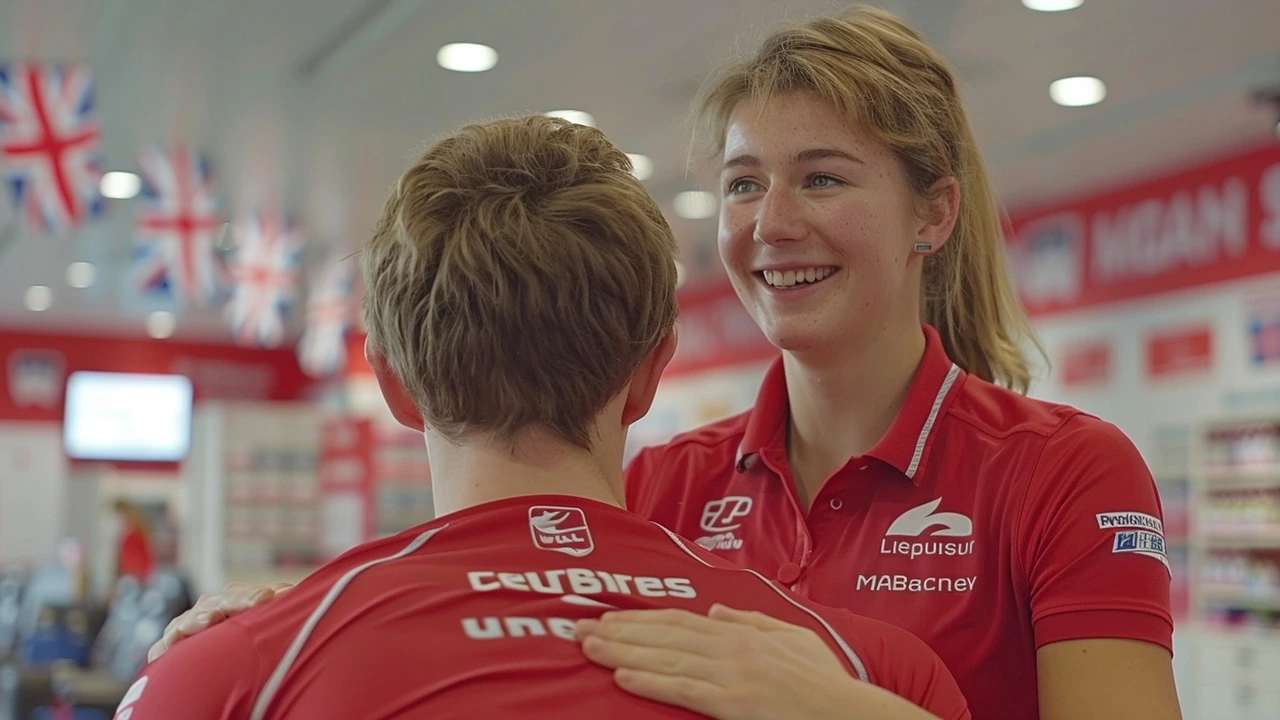
The Science Behind Sports Massage
Sports massage involves specific techniques that target the tissues most affected by athletic activities. These techniques include effleurage, petrissage, and tapotement, which help in improving blood circulation, reducing muscle tension, and enhancing lymphatic drainage. The primary goal is to prepare the body for peak performance and aid in recovery post-exertion. Studies have shown that sports massage can increase range of motion, decrease muscle stiffness, and improve flexibility. By reducing the incidence of muscle soreness and fatigue, athletes can train more effectively and consistently.
One of the pivotal components of sports massage is its ability to stimulate mitochondria production, the powerhouses of cells. This leads to enhanced endurance capabilities as more energy becomes available at the cellular level. Regular sports massage sessions have been associated with a lower risk of injuries by keeping muscles elastic and joints well lubricated. For athletes participating in high-impact sports, these benefits are particularly valuable as they reduce the downtime caused by injuries and extend athletic longevity.
Notable Techniques in Sports Massage
Understanding the various techniques used in sports massage can empower athletes to make informed choices about their body management. Effleurage, a technique involving light strokes, is often used to warm up the muscle tissues. Petrissage, which includes kneading and squeezing, helps in deeper tissue manipulation to break down adhesions and knots. Tapotement, characterized by rhythmic tapping, stimulates the muscles, which can invigorate the body immediately before performance.
Another advanced technique is myofascial release. This method focuses on relieving tension stored in the fascia, the connective tissue surrounding muscles. It helps in restoring optimal muscle motion and relieving pain. Myofascial release is particularly recommended for athletes who perform repetitive motions that can lead to overuse injuries.
Practical Tips for Integrating Sports Massage in Athletic Routines
For sports massage to be efficacious, it should be integrated thoughtfully into an athlete’s routine. Ideally, athletes should schedule massages both as part of the preparation for and recovery from intensive training sessions or competitions. A pre-event massage might focus more on stimulation procedures to awake the muscles, while post-event massages emphasize relaxation and recovery.
Consistent treatment can shift an athlete's recovery curve, enabling quicker returns to training and improved overall performance. Athletes should communicate openly with their massage therapists to ensure the treatments are tailored to their specific sporting requirements and recovery statuses. This personalized approach ensures that the muscle groups most in need receive the right attention.
The Holistic Benefits of Sports Massage
Sports massage offers more than just physical benefits; it also supports mental health. The relaxation induced by massage therapy can reduce anxiety and improve sleep quality, both of which are crucial for mental focus and performance. The psychological calm brought by regular massages creates better conditions for concentration and training intensity.
Moreover, the empathy and support provided by a skilled therapist can form part of an athlete’s support system, contributing to overall well-being and attitude towards training. Engaging regularly with sports massage can help athletes maintain a balanced and holistic approach to their health and sporting endeavors, making it not just a treatment but a cornerstone of athletic care.